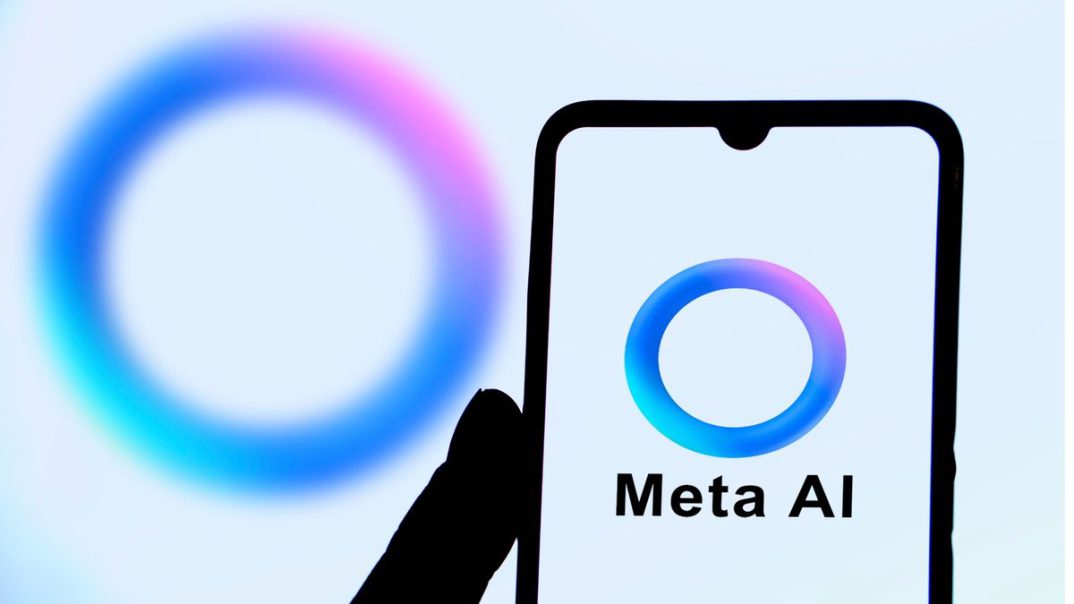Meta AI is yet another giant tech company aiming to take a slice out of the booming artificial intelligence market. The company took a while to jump on the AI bandwagon, but there’s no doubt it’s now looking for a leadership role. Its release of the open LLaMa model, and the integration of AI features into its mainstream products like Instagram and Facebook, shows a new and focused commitment to AI utility.
Meta AI is definitely the most interesting move. The product offers a ChatGPT-style experience wrapped up in the familiar colorful Meta interface. While it looks similar to other products on the market, there are signs that Zuckerberg has his eye firmly fixed on the home consumer market as well as business users.
But what sets Meta AI apart from the competition? For starters, it’s not just another standalone AI chatbot. Meta has cleverly woven its AI capabilities into the fabric of its existing ecosystem. This means users can potentially enjoy a more personalized and context-aware AI experience, drawing on the vast troves of data and social connections that Meta has accumulated over the years. Lets get into how it works.
1. Real-time AI art
(Image: © Future)
The Meta AI service uses the LLaMa 3 model to power its chat, and the first surprise is how good it is in practice.
Creating an AI drawing is literally a live experience. Click into the prompt box at the bottom of the screen, start typing something like ‘draw me a…’ and an image will instantly appear on the screen.
It’s actually quite unnerving, especially if you’re used to the sluggish speeds of conventional AI art services.
2. Image options

(Image: © Future)
At that point you can either download the result by selecting the 3 dots menu top right of the image, or you can click the blue up arrow in the box and have the AI produce a full set of four images on your chosen theme.
There’s also an Imagine feature in the side menu, which lets you automatically cycle through instant AI images based on your prompt.
3. Adding motion

(Image: © Future)
You can download any image you want by accessing its 3 dot menu. As an extra bit of AI magic, any image can be animated by clicking on the Animate button. The result is a 1-second animation similar to Apple’s LiveMotion feature on photos.
The images are created as 768×768 sized jpg files, and the animations are downloaded in MP4 format, which makes it easy to add them into your 3ʳᵈ party project apps.
It has to be said that the image quality won’t cause Midjourney any sleepless nights, but they’re very usable for the most part.
4. AI gaming

(Image: © Future)
Of course, images aren’t the only thing Meta AI is capable of processing. The home page features a range of traditional tasks which AI can help with. These include improving writing styles, helping with assignments like reports and homework, as well as playing games.
We played a game of Blackjack, and although the AI can’t make card images on the fly, it was still fun.
5. Smart conversations

(Image: © Future)
The Meta AI chat experience also seems fairly smart. My prompt ‘explain to me why descartes was wrong’ delivered a solid response, which was actually an improvement on ChatGPT4 and only slightly less detailed than the current king of AI models Claude 3.5 Sonnet. It was very impressive.
Overall Meta AI provides a solid chatbot experience across a number of areas, and is easy enough to use for beginners and luddites alike.
As AI technology continues to evolve, Meta AI stands out as a formidable player in the field. While Apple reportedly rejected Meta AI partnership due to privacy concerns, many users find Meta’s offering to be a compelling option among the best ChatGPT alternatives. As people increasingly seek daily AI tools to enhance their productivity and creativity, Meta’s AI offerings are well-positioned to meet those needs.
Today’s best Chromebooks deals





